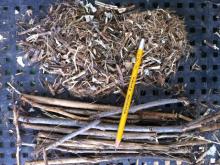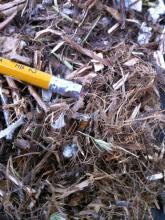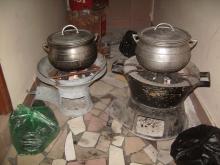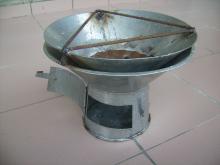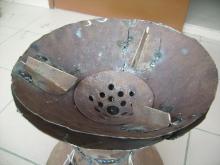Friends of the wet low pressure briquetting process;
We are seeing many who dive into making up briquettes with all kinds of new presses and blends but who lack a good understanding of what it takes to make a good solid briquette. They give up on use of agro residues because of frustration in getting them to compact, and then resort to use of paper.
Paper is a good shortcut but it cuts you out of the richness of diversity and sustainability of the natural biota thats there. Paper is easy to use just soak it for a few days and you have the base for blending in about anything Great BUT.you will then depend upon it for the future, and with the chemicals used in its manufacture, it is not the best material for combustion either.
With these few bits of experience to add I hope to encourage you to moveon to briquetting with natural resources
With the wet low pressure ambient temperature process (WLPATP ?), fibers are used to bind the materials together. Corn Starch Clay, wax, dung and other additives can bind of course but these may add cost and/or are not necessarily good combustibles.For most of us, its all about getting the material (grasses/ straws/ leaves /stalks/ husks /stems etc., to expose their fibers, and to then dissociate these fibers from their natural matrices, then randomly realigning them in the form of, say, matted hair or a really tight birds nest. (fiber length varies depending upon flexibility. from a few mm to a few cm) .
If processed correctly, natural fibers will flex and then tend to interlock once blended with other materials in a water slurry.
One does not achieve this by simple chopping or even direct use of the fiber without some form of softening (thru partial decompsition, in a hot humid anerobic environment, (under such as a black plastic bag), or as we are learning from our Mayan colleagues in Guatemala, use of agricultural lime (which is traditionally discarded after its use in hot water to soften and de-shell their corn kernals).


